Texas is the new frontier of AI infrastructure, with data centers popping up from Dallas-Fort Worth to Austin and San Antonio. These massive facilities—critical to powering everything from online banking to your favorite streaming app—are known for their heavy electricity use. But there’s another resource they consume in staggering quantities: water.

Data centers require relentless cooling to prevent servers from overheating, and that cooling often involves enormous volumes of water. According to the Texas Comptroller, nearly 300 data centers were operating statewide as of September 2024, many of them located in rapidly developing regions like Central Texas.
In particular, Medina County—just west of San Antonio—is becoming a hotbed for these facilities, with more than half a dozen new projects, most owned by Microsoft. Nearby San Marcos is also in line for more data center development. These aren’t just tech outposts—they’re industrial-scale operations that place serious pressure on local infrastructure.
So, where is all this water going to come from?
That question is sparking concern among residents, water utilities, and environmental advocates. Local utilities are trying to plan ahead and urging companies to use less water. Some companies are responding with creative strategies, like shifting workloads to cooler nighttime hours or installing rainwater harvesting systems. But even with those efforts, the demand is enormous with persistent droughts and rapid population growth aren’t enough.
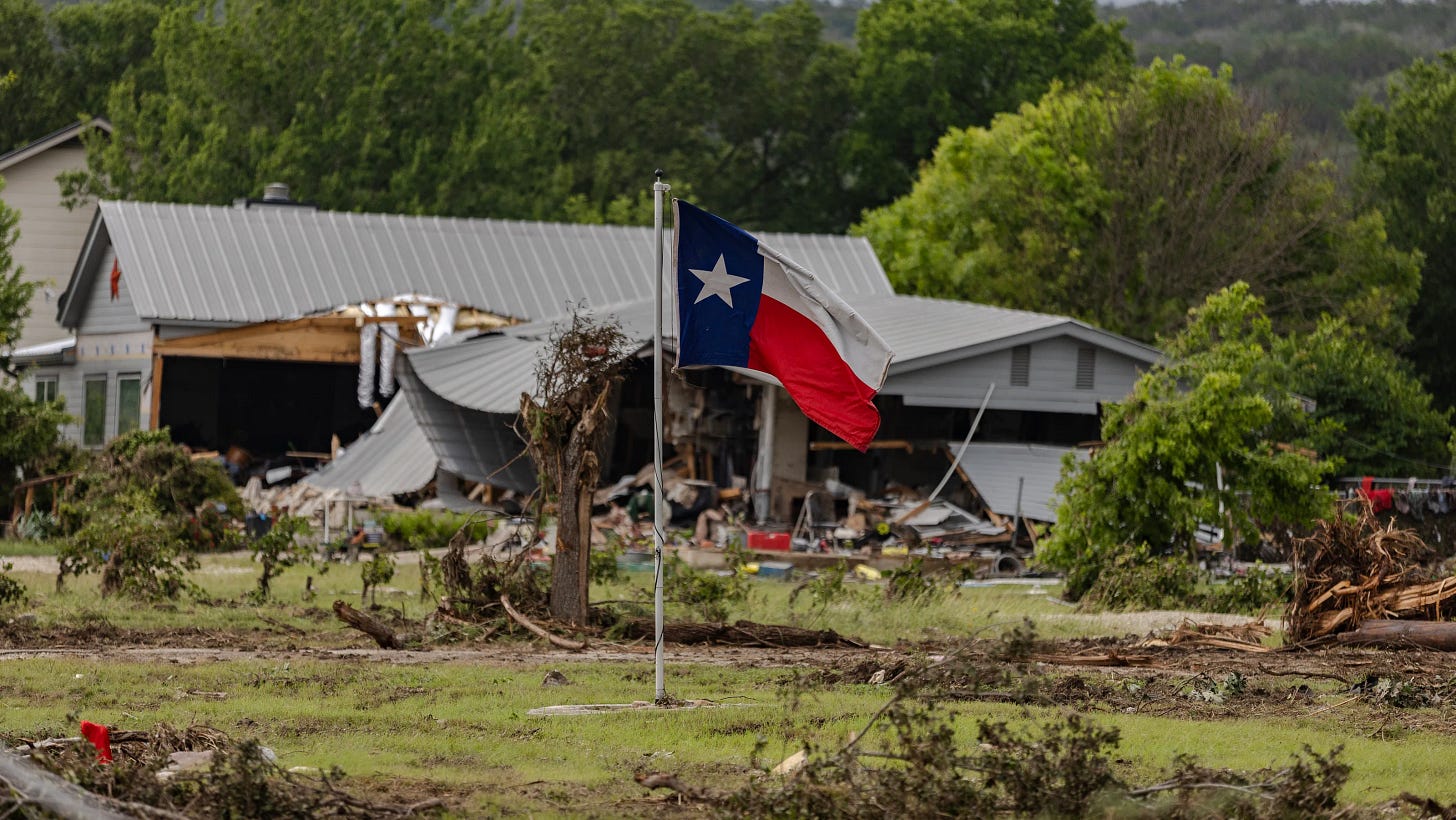
Still, after a series of major floods refilled some of the region’s depleted lakes and watersheds, the urgency around the issue hasn’t seemed to ease the ever increasing demand for water in Central Texas. But the timing of these floods raises questions of their own.
Too Many '100-Year Floods' in a Decade?
It’s hard not to notice the pattern. Onion Creek in Austin flooded badly on Halloween in 2013, Wimberley saw devastating flooding in 2015, and the Hill Country was hit again in 2018. These so-called “100-year floods” are happening far more often than the name implies, and not all of it can be blamed on “climate change.”
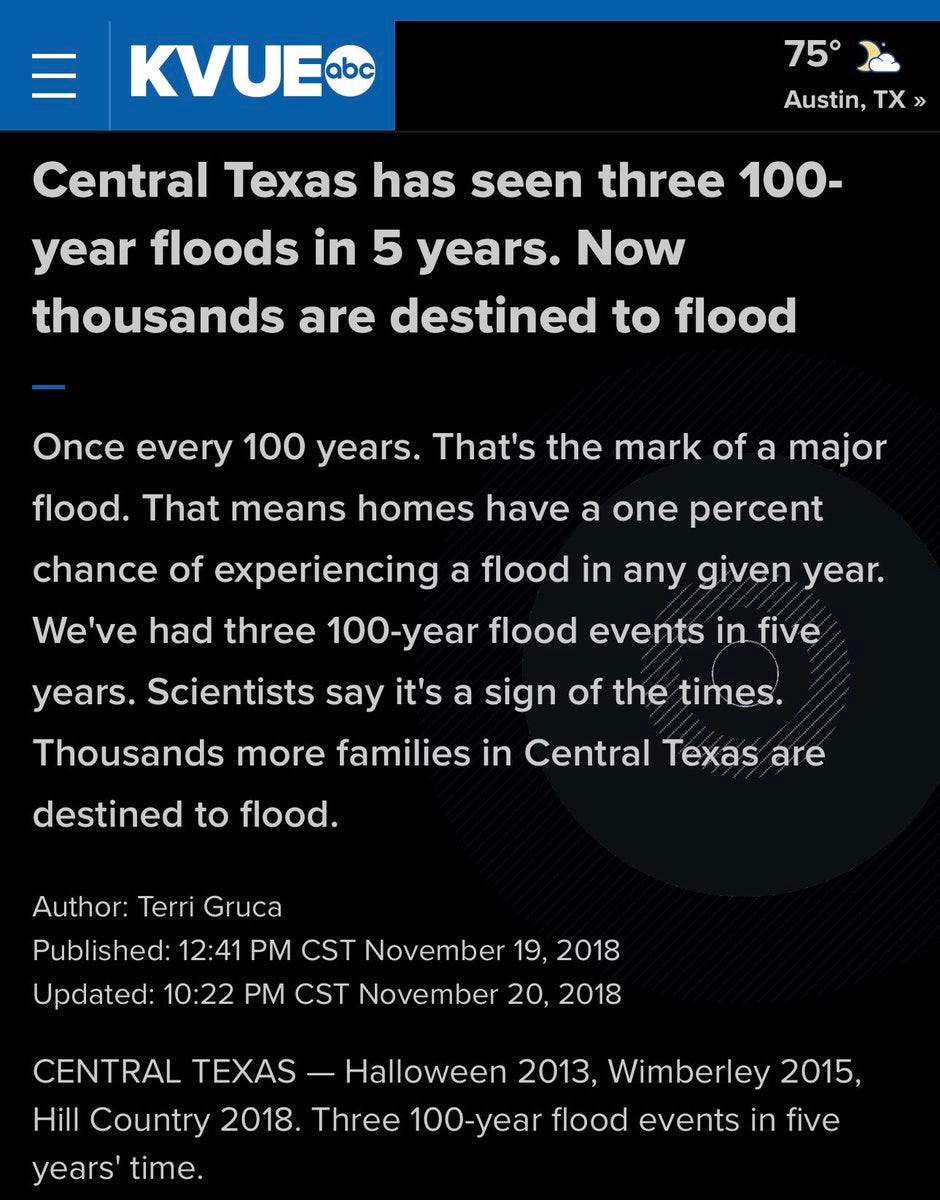
Is this just bad luck, climate change, or something more deliberate?
Some speculate that weather manipulation—long dismissed as a conspiracy theory—may be the culprit. And while it’s a controversial topic, it's not entirely without precedent or documentation. During the Vietnam War, the U.S. government secretly engaged in weather modification to disrupt enemy movement by increasing rainfall. Senator Claiborne Pell brought that program to light in the 1970s and led efforts to ban environmental warfare. The U.S. and the Soviet Union eventually reached an agreement to avoid using the weather as a weapon.

That history is real. It's in The New York Times, other mainstream media sources, and published in scientific journals, not fringe websites.
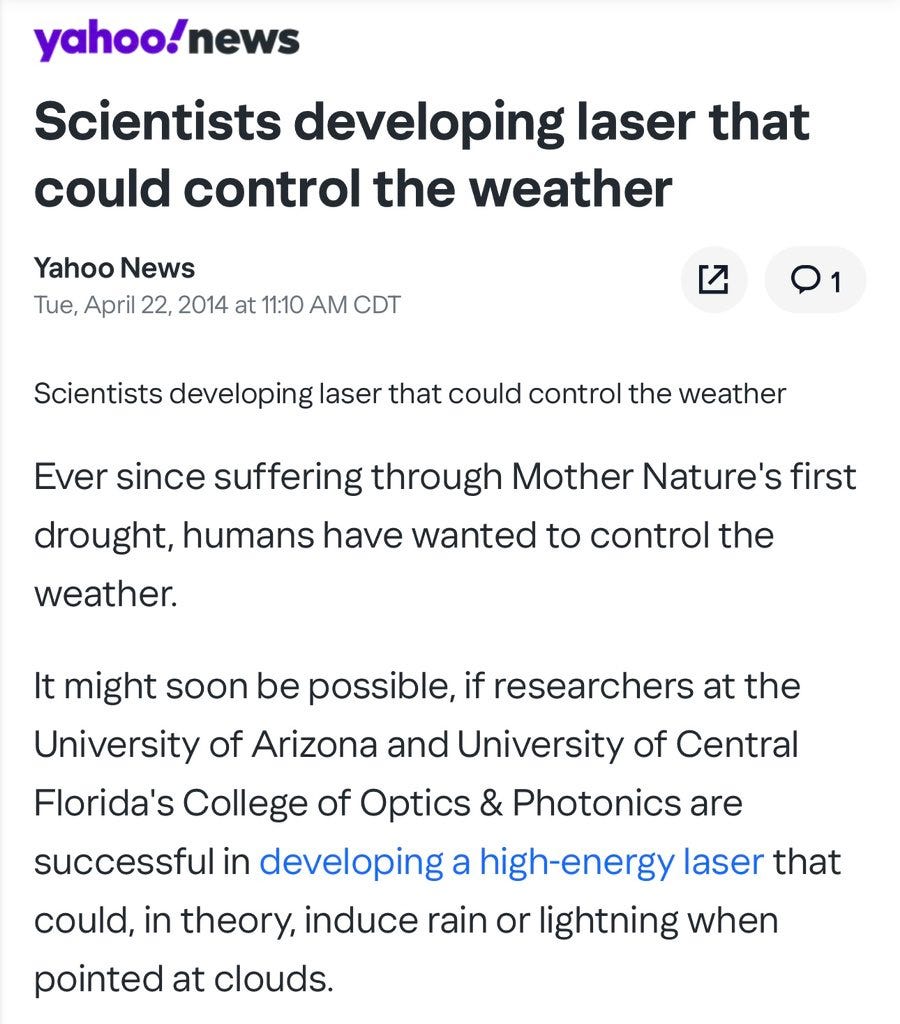
Despite the current narrative blaming cloud seeding on social media, it cannot stall storms for over 18 hours. Modern weather modification research includes technologies like short-pulse lasers and radio waves that interact with the ionosphere.
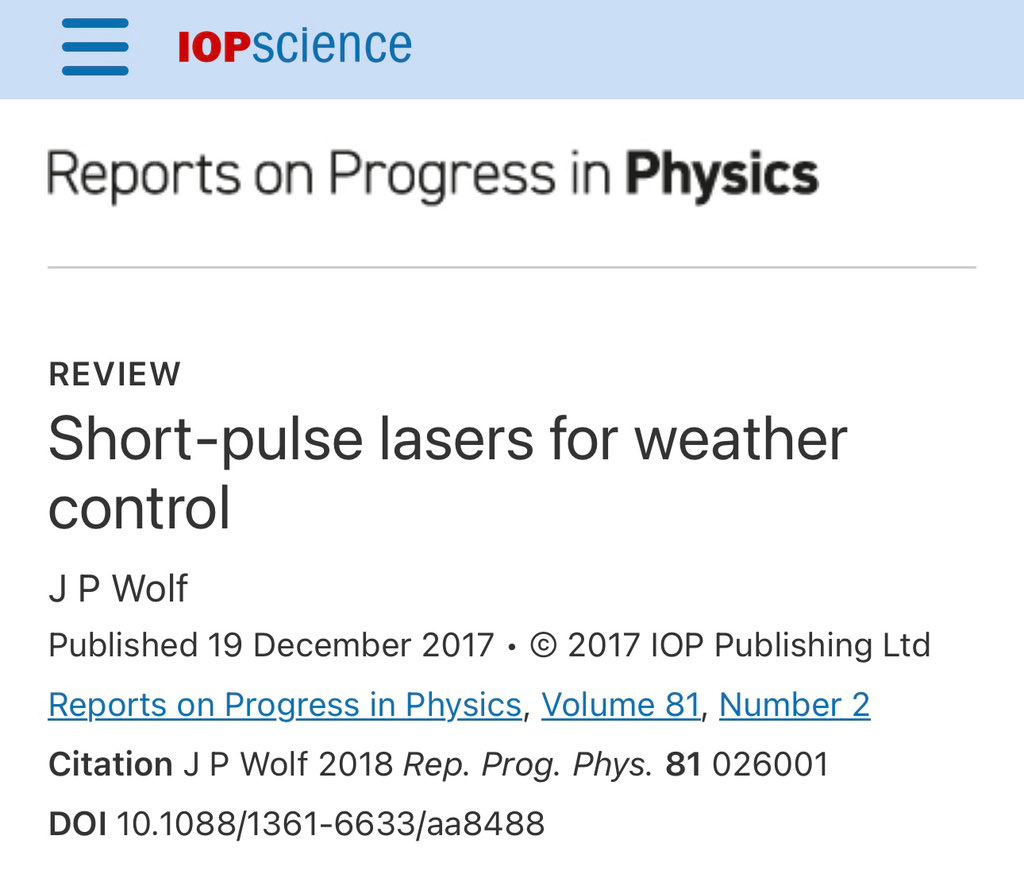
Some studies have even found connections between the occurrence of heavy floods and ionospheric storms caused by high-speed solar wind streams (HSSs). The excessive energy in the auroral ionosphere during HSSs is suggested to cause downward-propagating atmospheric gravity waves. The excited gravity waves trigger instability in the troposphere and lead to excessive rainfall.
Am I Saying Tech Companies Are Flooding Central Texas?
Not exactly. But I do question the convenient timing. I’m not a conspiracy theorist—I’m a skeptic who reads, watches, and remembers how power and profit often override transparency and concern for our fellow citizens. When billion-dollar data centers start appearing in areas with barely enough water to support local communities, and the lakes suddenly refill after abnormal storms… I pay attention.
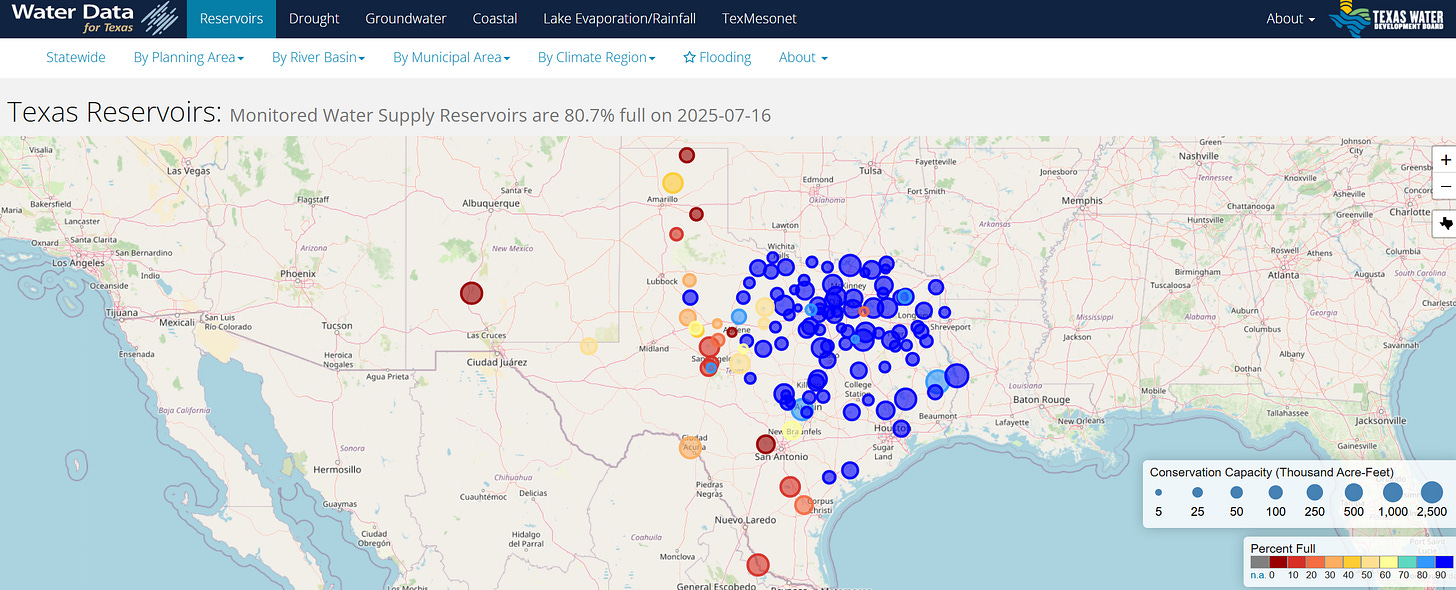
History is full of examples where government and corporate interests have caused harm while telling the public to look the other way. Just ask the survivors of the Tulsa Race Massacre, where a thriving Black community was burned down, then the land was rezoned for ‘industrial use’ to build the Tulsa Union Depot train station.
I’m not saying for sure that floods are being engineered to feed thirsty AI data farms. But I am saying we’d be foolish not to ask who benefits and at what cost.
-DeAnna Calderón
As always, if you have any tips, you know where to hit me up on X (@DCinTejas) or message me on Substack.




Thanks. I say it is foul play.
I've studied weather warfare and weather for profit. One can easily find staunch Zionist Lyndon B. Johnson giving a graduation address to a class and saying "he who controls the weather controls the world". This was around the 1960's. Point being is if there's a way to inflict human suffering and make loads of money while doing it. That kills two agendas in one.
DeAnna thanks for the info on the growing data centers in our State. I can't help but equate the huge population growth in and around the Hill County combined with drainage systems being put in place. Possibly poorly engineered systems too.
My heart hurts for my fellow Texans who've been horribly hurt by a combination of things during all these 100 year flooding events.
Lastly I too believe that the normal natural weather has been altered and monkied with for so long that there's no telling what's natural any longer.